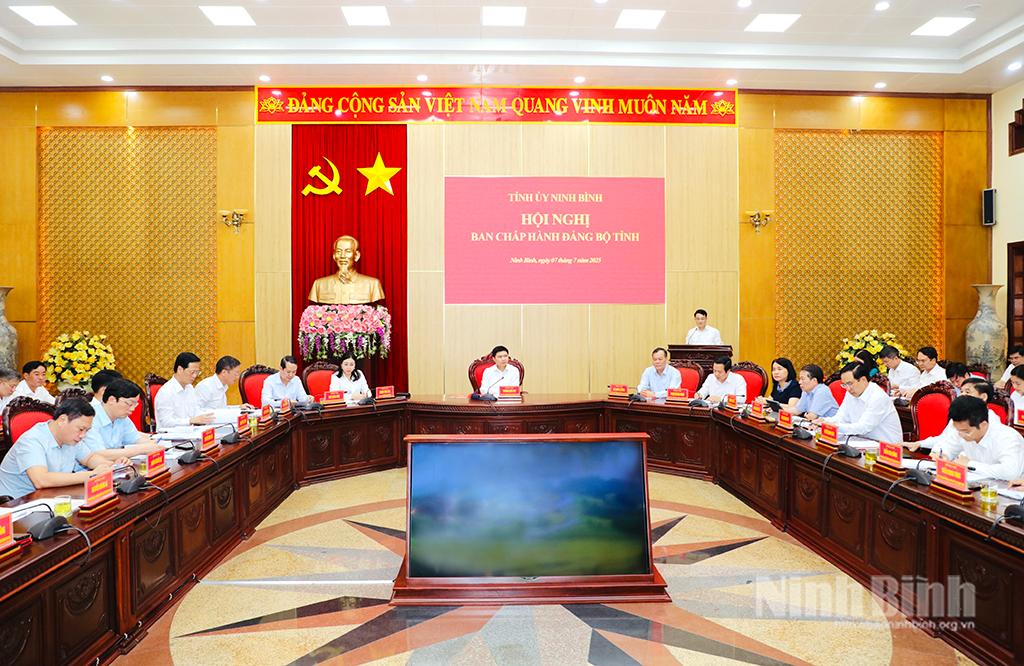More opportunities for foreign investors to contribute capital in Vietnam

Optimistic signal
From the third quarter of 2016, the Foreign Investment Agency under the Ministry of Planning and Investment began to provide statistics on capital contribution and share purchases of foreign investment, instead of just FDI statistics. In the fourth quarter of 2016, the General Statistics Office (GSO) officially released this data.
According to the latest figures, there were 1,077 deals involving capital contribution and share purchases by foreign investors, with a total value of nearly US$825 million, a year-on-year surge of 171.5% in capital and 148.3% in the number of projects. This figure shows the excitement in merger and acquisition activities in Vietnam seen in recent years.
This strong growth is thanks to the attractiveness of Vietnam's economic prospects along with improvements in administrative procedures for foreign investors. The Investment Law of 2014 which took effect on July 1, 2015 made the regulations on modifying the form of capital contribution and share purchase of foreign investors more simple and convenient compared to the Investment Law of 2005. Foreign investors no longer need to apply for investment registration certificates when contributing capital or purchasing shares in Vietnamese enterprises.
Investors need only complete registration procedures with State management agencies, depending on the conditions of each business investment area. Thanks to these simplified procedures, many investors have chosen this investment method in order to reach the Vietnamese market in the speediest manner. In 2016, foreign investors purchased stakes worth more than US$3.4 billion in 2,547 firms and economic organisations.
Full statistics are needed
According to economic experts, this trend will continue at a faster rate in future as equitisation policy conditions of State-owned enterprises (SOE) become more flexible. In particular, there are new points proposed by the Ministry of Finance in the draft decree on transformation of SOEs into joint-stock companies. Accordingly, a strategic investor that wishes to purchase shares of an equitised SOE does not need to have the same core business lines as the enterprise, instead, they need only meet a number of criteria for financial capacity. At the same time, the time limit for stock transfer of strategic investors is three years instead of five. This regulation is in line with international practice, which opens the way for financial investors to invest in equitised SOEs in order to create a new element in corporate governance.
According to Nguyen Viet Phong from the Construction and Investment Capital Statistics Department under the GSO, the national information system on data related to capital contribution and share purchase is standard, but there is still many shortcomings in initial information collection. Currently, there is only statistics on newlyregistered projects and projects with additional capital,while there are no statistics on detailed capital and investment areas. In 2016, foreign investors mostly focused their capital contribution on the real estate, wholesale, retail and aviation sectors.
Dr Phan Huu Thang, former Director of the Foreign Investment Agency, said that the bright side of this trend is to help investors access the Vietnamese market faster, but the statistics are not yet transparent enough to reflect the flow of capital into and out of the market. "In case of profitable investments, investors are willing to sell capital, but we still cannot evaluate this change in order to know the value of the remaining investor at the enterprises. Moreover, the growth of capital contribution and share purchase may limit the form of direct investment through new projects, which can slow the pace of attracting projects to the areas we want," he said.
Recently, concerns have emerged over the possibility of foreign firms acquiring domestic firms in the retail and real estate sectors through capital contribution and share purchase. Therefore, it is necessary to have sufficient statistics as the basis for evaluating and analysing the positive and negative aspects of this trend.
(Source: Nhandan Online)


